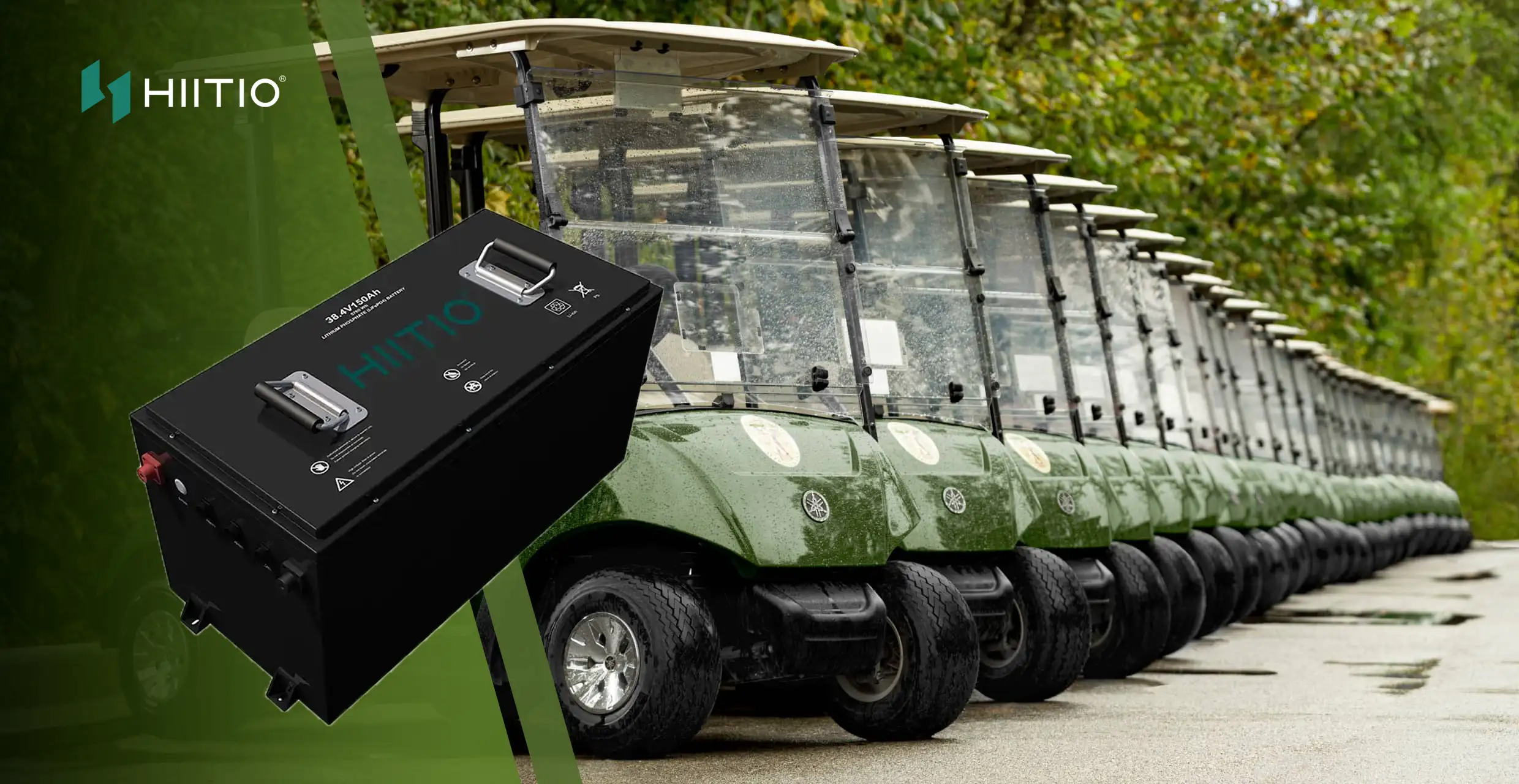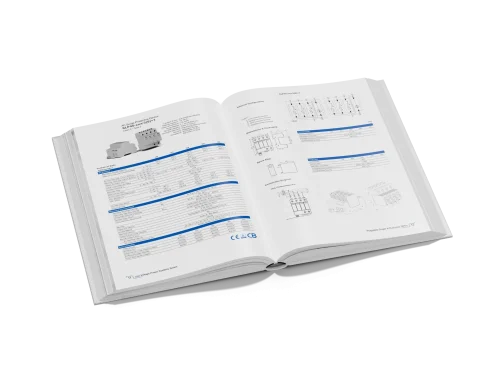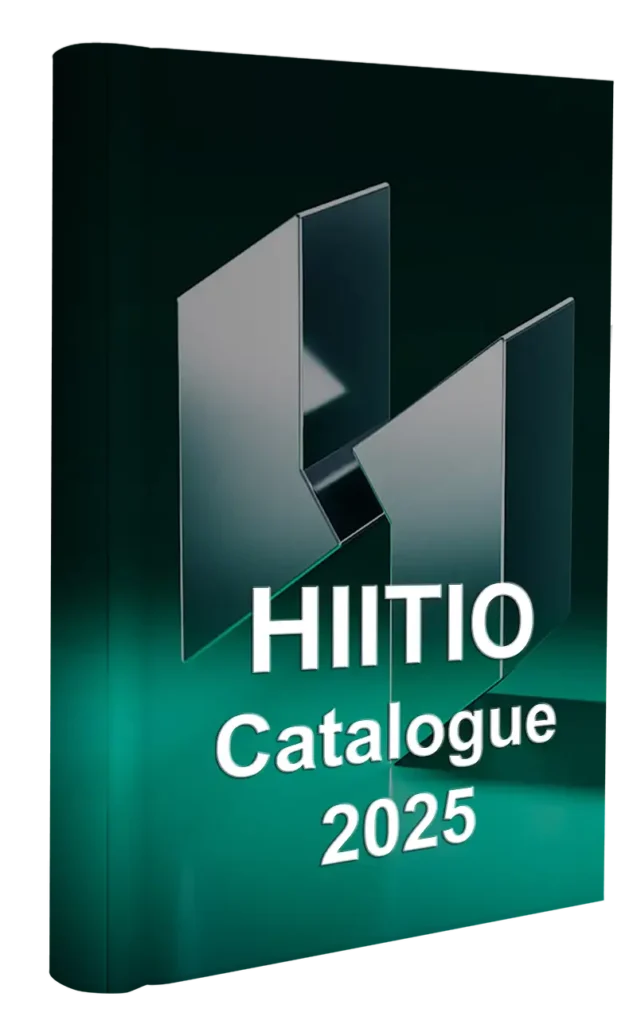As the energy storage industry continues to evolve, two lithium-ion battery technologies have emerged as dominant players in the market: Lithium Iron Phosphate (LiFePO4/LFP) batteries and Ternary Lithium batteries (typically Nickel-Cobalt-Manganese or NCM).
Both technologies offer compelling advantages, but understanding their distinct characteristics is crucial for making informed decisions for your specific applications. In this comprehensive guide, we’ll explore the key differences, advantages, and ideal use cases for each battery chemistry.
Understanding the Chemistry: What Sets Them Apart
The fundamental difference between these two battery types lies in their cathode material composition. LFP batteries use lithium iron phosphate as their cathode material, while ternary lithium batteries utilize lithium nickel cobalt manganate (NCM) or lithium nickel cobalt aluminate (NCA) as their positive electrode material. This chemical distinction creates cascading effects across all performance parameters, from safety characteristics to energy density and cost considerations.
Energy Density: Compact Power vs. Extended Range
When it comes to energy density, ternary lithium batteries hold a significant advantage. Ternary lithium-ion batteries can deliver a capacity 1.7 times that of lithium iron phosphate batteries at equivalent weight. LiFePO4 batteries typically achieve energy densities of 90-120 Wh/kg, while ternary batteries reach 150-250 Wh/kg.
This substantial difference has practical implications for applications where space and weight are at a premium. For electric vehicles, the higher energy density translates directly into extended driving range without increasing battery pack size. For portable power solutions and consumer electronics, it means more runtime in a lighter, more compact package.
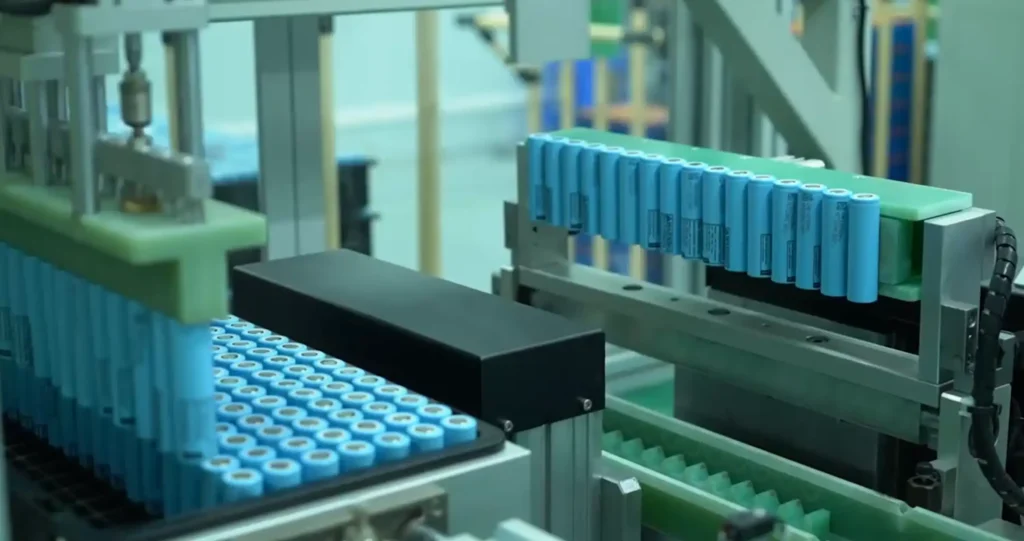
However, it’s worth noting that LFP technology has been advancing steadily, and modern formulations are narrowing this gap while maintaining their core advantages in other areas.
Safety Performance: Thermal Stability Matters
Safety remains one of the most critical considerations in battery selection, and this is where lithium iron phosphate batteries truly shine. LFP batteries are safer and more stable compared to other types of lithium-ion batteries, with a lower risk of overheating.
The thermal runaway threshold tells the story clearly. LiFePO4 battery thermal runaway occurs at temperatures generally exceeding 500 degrees Celsius, while ternary lithium batteries begin decomposing around 300 degrees, with some high-nickel formulations experiencing issues below 200°C. This higher thermal stability makes LFP batteries inherently safer for applications involving high current draws, rapid charging, or operation in challenging environmental conditions.
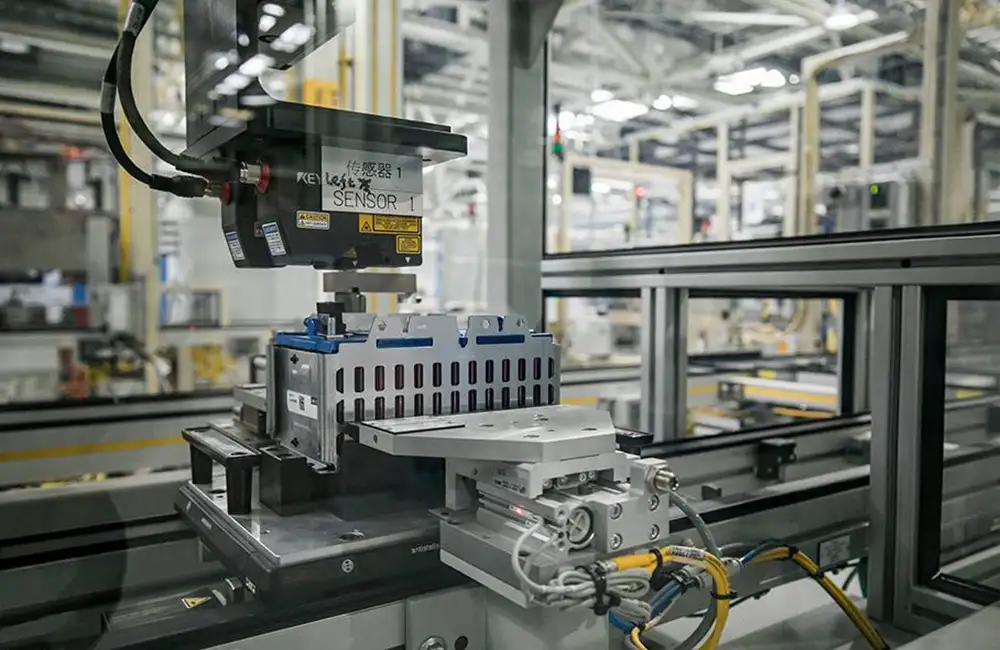
Ternary lithium batteries are more prone to safety issues during overcharge, over-discharge, or short-circuit conditions. While modern battery management systems (BMS) have significantly improved safety across all lithium technologies, the intrinsic stability of LiFePO4 chemistry provides an additional layer of protection that’s particularly valuable in mission-critical or high-stress applications.
Cycle Life: Long-Term Durability and Value
When evaluating total cost of ownership, cycle life becomes a decisive factor. Lithium iron phosphate batteries can achieve over 2000 cycles while maintaining 80% capacity, with many modern LFP batteries reaching 3,500 cycles or more. In contrast, ternary lithium-ion batteries typically have a lifespan of 300-500 cycles at 80% Depth of Discharge, though premium formulations can extend this to 1,000-2,000 cycles.
This translates into significant practical differences. An LiFePO4 battery with 3,500 cycles used daily could last nearly 10 years before requiring replacement, while a ternary battery with 1,000 cycles might need replacement after approximately 3 years of similar use. For applications requiring long-term reliability—such as solar energy storage systems, backup power solutions, or commercial fleet vehicles—the extended lifespan of LFP technology can deliver substantial cost savings over the battery’s lifetime.
Temperature Performance: Operating in Extreme Conditions


Environmental conditions play a crucial role in battery performance, and here we see contrasting strengths between the two technologies.
Cold Weather Performance
The low-temperature limit of ternary lithium batteries is -30℃, while LFP batteries are limited to -20℃. Ternary lithium-ion batteries demonstrate better discharge performance in cold regions or extreme temperatures compared to lithium iron phosphate batteries. In winter conditions, vehicles using ternary batteries may experience around 25% range reduction, while LiFePO4-powered vehicles might see 30% reduction.
High Temperature Resistance
The situation reverses when temperatures rise. LFP batteries excel in high-temperature environments thanks to their superior thermal stability, making them ideal for applications in hot climates or where heat generation is a concern, such as rapid charging stations or high-power industrial equipment.
Charging Speed: Efficiency and Convenience
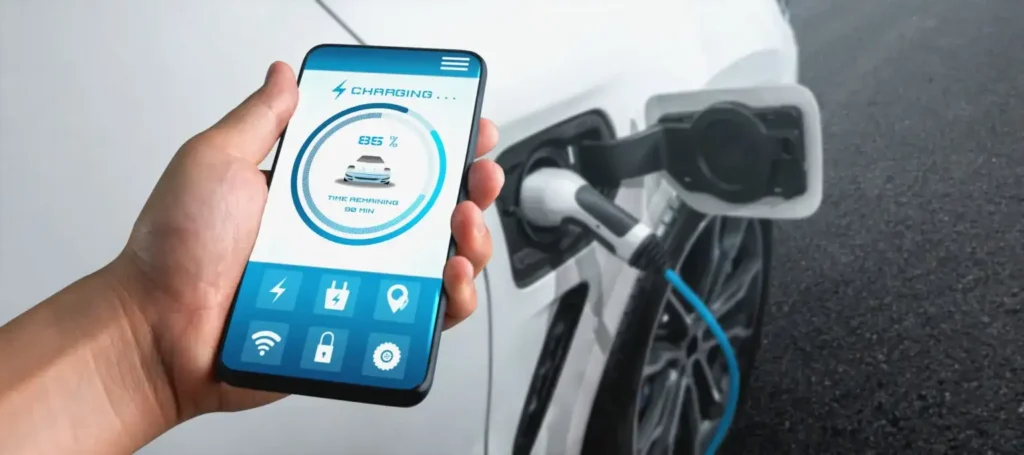
For users who prioritize convenience and minimal downtime, charging speed becomes critical. Ternary lithium-ion batteries have charging and discharging performance that is twice that of lithium iron phosphate batteries. Standard LiFePO4 cells charge safely at 0.5C to 1C rates, while ternary lithium batteries (NMC) can handle higher charging currents up to 1C–2C, enabling faster charging and shorter downtime.
This advantage makes ternary batteries particularly appealing for electric vehicles using public fast-charging networks and for applications where rapid turnaround times are essential. However, LFP’s slower charging rate is often acceptable for applications with predictable charging schedules, such as overnight charging for residential solar storage or fleet vehicles that charge during off-hours.
Environmental Impact and Sustainability
As environmental consciousness grows across industries, the sustainability profile of battery technologies becomes increasingly important. Ternary lithium batteries use cobalt and nickel, which have significant ecological and human rights concerns during mining, processing, and recycling. The cobalt supply chain, in particular, has faced scrutiny regarding mining conditions and environmental impact.
LiFePO4 batteries do not contain cobalt or nickel, reducing toxicity and environmental risk. The iron and phosphate materials used in LFP batteries are more abundant, less toxic, and have fewer geopolitical supply concerns. Additionally, lithium iron phosphate batteries are generally easier to recycle and dispose of safely at end-of-life.
For companies committed to ESG (Environmental, Social, and Governance) goals or seeking to reduce their environmental footprint, LFP technology aligns better with sustainability objectives.
| Feature | Lithium Iron Phosphate (LFP) | Ternary Lithium (NMC/NCA) |
| Chemical Formula | LiFePO₄ | LiNixMnyCozO₂ or LiNiCoAlO₂ |
| Energy Density | Lower (~150-220 Wh/kg) | Higher (~200-300 Wh/kg) |
| Safety & Thermal Stability | Excellent | Moderate |
| Cycle Life | Very Long (3,000 – 6,000 cycles) | Long (1,500 – 2,500 cycles) |
| Low-Temperature Performance | Poor | Good |
| Cost | Lower | Higher |
| Key Materials | Iron, Phosphorus (Abundant) | Nickel, Cobalt, Manganese (Scarce/Expensive) |
Application Recommendations: Choosing the Right Technology
Understanding which battery technology best suits specific applications helps maximize performance and value:
LiFePO4/LFP is Ideal For:
- Solar energy storage systems and residential backup power
- Electric buses and commercial fleet vehicles with predictable routes
- Industrial equipment and material handling vehicles (forklifts, AGVs)
- Marine applications and RV house batteries
- Grid-scale energy storage projects
- Applications prioritizing safety, longevity, and cost-effectiveness
- Environments with high ambient temperatures
EXPLORE MORE HIITIO LiFePO4 BATTERY


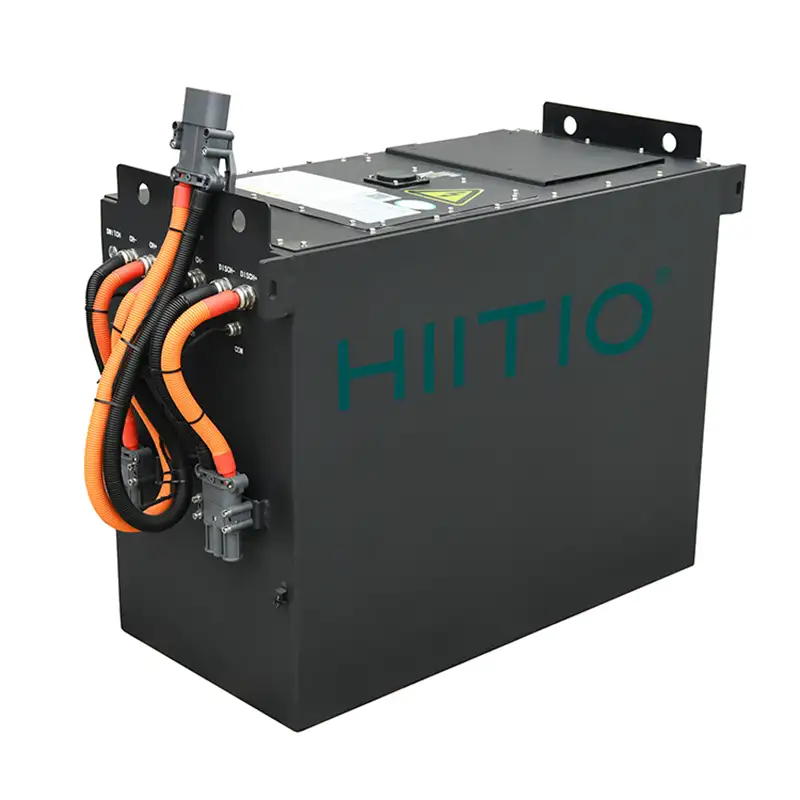
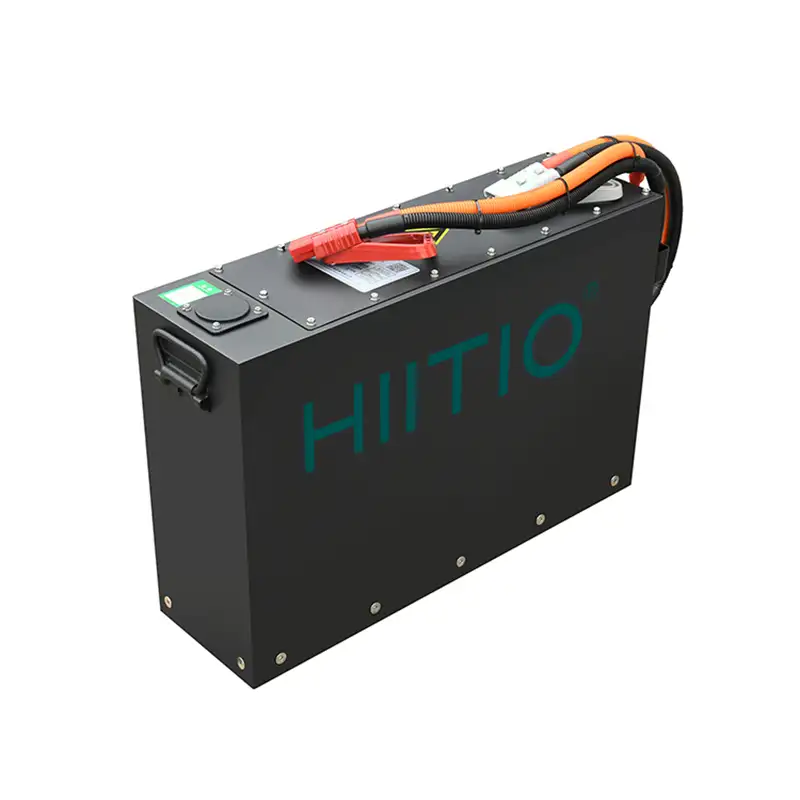
Ternary Lithium Excels In:
- Personal electric vehicles requiring maximum range
- Portable power tools and consumer electronics
- Applications where weight and space constraints are critical
- Cold climate regions requiring reliable winter performance
- Fast-charging applications and time-sensitive operations
- Aerospace and mobility applications prioritizing energy density
The Future Landscape: Technology Evolution
The battery industry continues to innovate rapidly, with both technologies seeing improvements. LiFePO4 manufacturers are developing higher-energy-density formulations while maintaining safety advantages. Meanwhile, ternary battery researchers are working on reducing cobalt content and improving thermal stability.
Market trends suggest growing adoption of LFP in stationary storage and commercial vehicle applications, while ternary batteries continue dominating personal EVs and portable electronics. Many manufacturers are also exploring hybrid approaches and next-generation chemistries that aim to combine the best attributes of both technologies.
View Our Lithium Battery Production Line
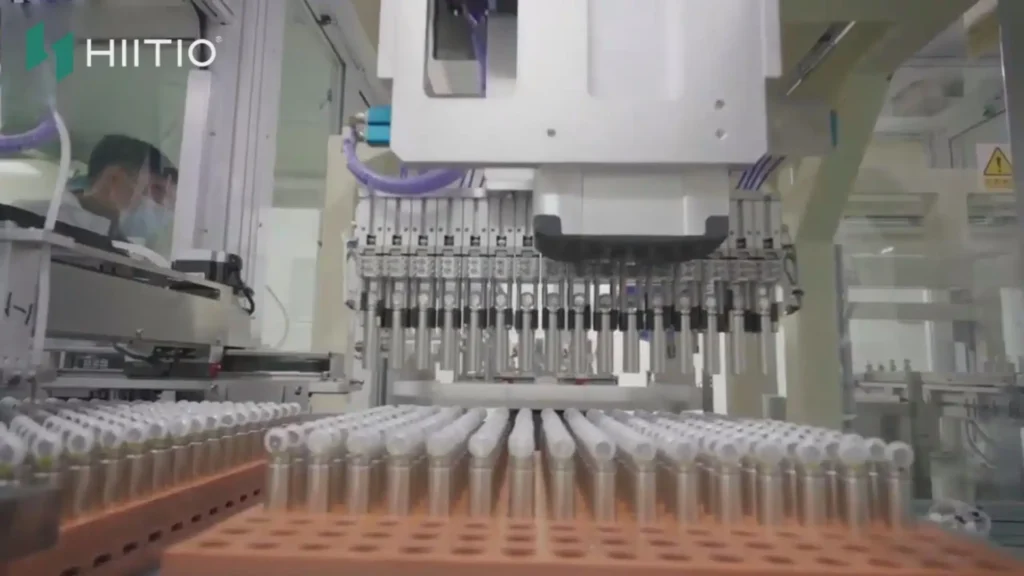
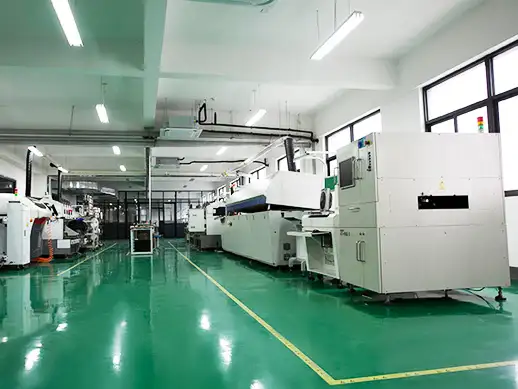
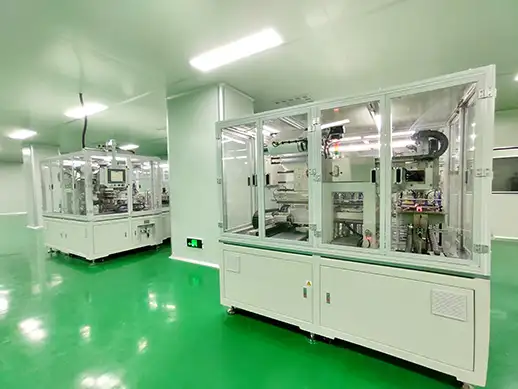




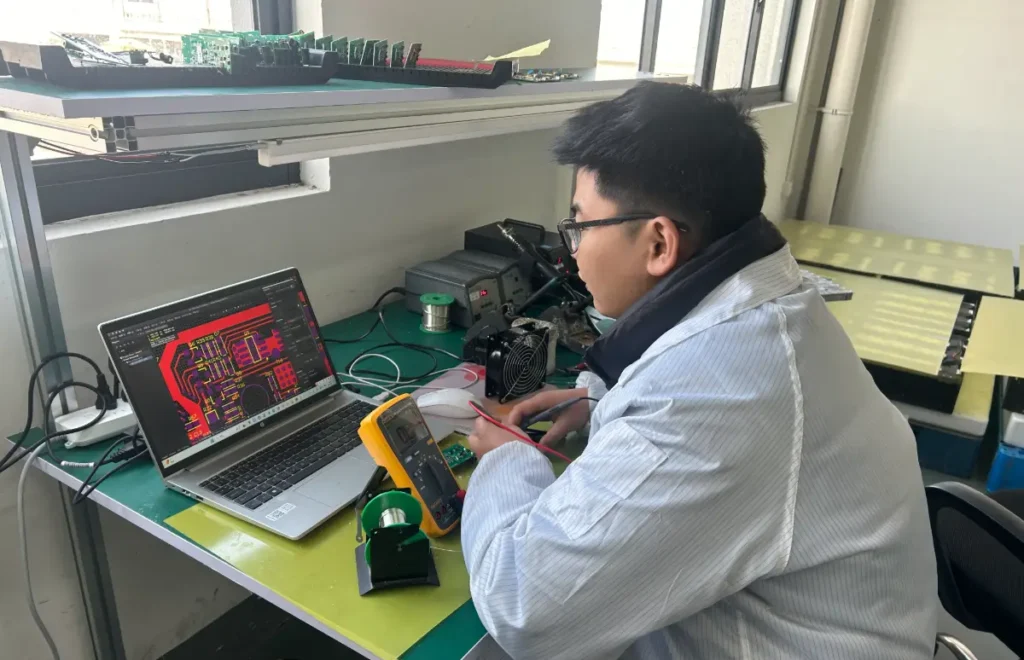
Power Your Projects with HIITIO LiFePO4 Battery Solutions
At HIITIO, we understand that safety, reliability, and long-term value are paramount for your electrical applications. That’s why we’ve invested in advanced LFP battery technology that delivers exceptional performance across diverse use cases. Our lithium iron phosphate batteries combine superior thermal stability with industry-leading cycle life, offering you peace of mind and reduced total cost of ownership.
Whether you’re powering renewable energy storage systems, backup power solutions, or industrial equipment, HIITIO LiFePO4 batteries provide the robust, safe, and cost-effective energy storage your applications demand. Visit www.hiitio.com today to explore our comprehensive range of LFP battery products and contact HIITIO for the demands of modern electrical systems.

